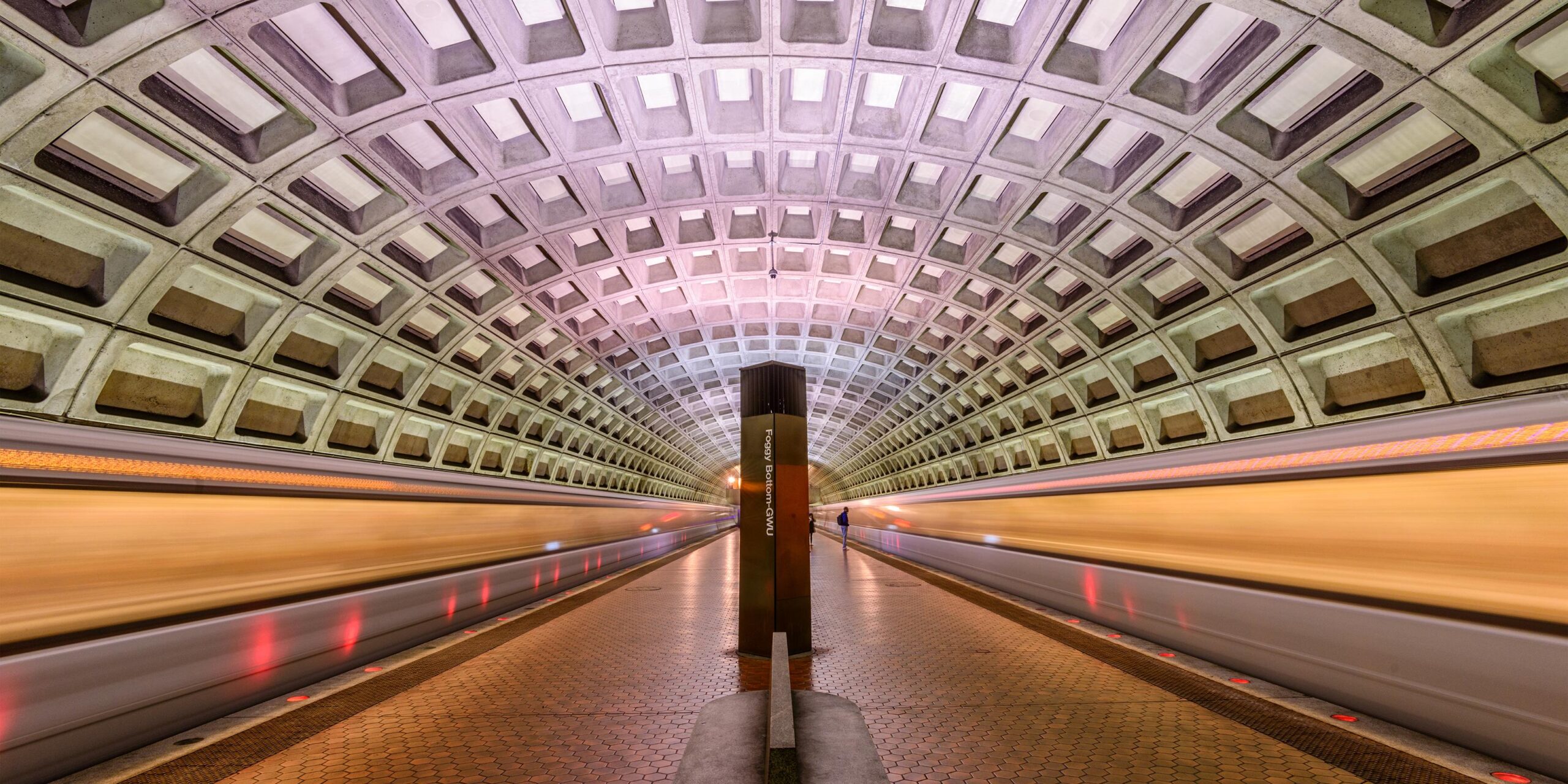There are times when numbers do speak for themselves. This is especially true in understanding the massive impact of the COVID-19 pandemic on the U.S. transportation industry. According to the National Academies of Science, Engineering and Medicine, at the height of the pandemic:
- Vehicle traffic for individuals declined by 77 percent nationwide.
- There was a 96 percent reduction in air travelers—despite steady and moderate increases in the U.S. Transportation Security Administration’s (TSA) checkpoint numbers in the preceding years.
- The New York Metropolitan Transportation Authority (MTA), the largest public transportation system in the U.S., saw a 95 percent decrease in the number of riders.
Add to this massive shifts to remote and hybrid work, and it becomes clear that the future of public transportation will be challenged.
As the pandemic drastically changed how people travel, transportation agencies must now determine how to respond quickly to shifts in demand and ensure a simple and safe experience for travelers.
Interagency communication and collaboration are essential
One thing the pandemic has taught us is that every crisis—and the actions taken to mitigate it—have intended and unintended consequences. Take, for example, the New York MTA transit system and its critical efforts to keep the system running so that healthcare workers and other frontline employees could get to their jobs during the height of the pandemic.
Reduced service doesn’t work in that scenario; adjusting the system itself requires data. But the information needed to solve that problem was not in the MTA’s hands alone. Solving that problem—and saving lives—required getting that information fast.
Recommendation
Proactively share essential data and information as quickly as possible to optimize critical transportation routes across their potential weak points. This requires collaboration on a level never seen before inside and across government agencies, as well as between public and private industries.
Real-time information is the key
There’s no question that government agencies responsible for transportation, in particular transportation security, need access to reliable, real-time information. The pandemic has shown in stark detail what happens when complex transportation systems for people and cargo are affected—and when information is delayed, siloed within agencies or not readily transparent and available to the public.
And, as transportation systems are at a higher risk for cyber attacks, the criticality of real-time information on events that could cause widespread disruption and harm is clear. This includes the April 2021 hack onNew York’s MTA computer systems and attacks on the San Francisco and Fort Worth transit systems.
No matter what the risk vector is, the advantages of real-time data run the gamut, from provision of a higher quality transportation experience to mitigation of delays and loss of life during a crisis.
Recommendation
Invest in the right tech tools, like First Alert, Dataminr’s product for the public sector. It uses AI to deliver real-time breaking news alerts as events occur and unfold—enabling faster, more effective responses when they’re needed most.
Crises can amplify existing transportation risks
To understand how widespread public safety incidents can exacerbate existing transportation risks, we need to look no further than the COVID-19 Omicron variant and how it nearly crippled holiday travel in late 2021.
Travel trade groups pressed the U.S. Center for Disease Control (CDC) to reduce the self-isolation period—from 10 to five days—for personnel in the hopes of alleviating staffing shortages. At the same time, travel unions pushed to keep the original 10-day isolation recommendation in place.
Add to this the increased frequency of extreme weather events and the complexity of travel and cargo networks, and you have a literal “perfect storm” of risks.
Recommendation
Gain and maintain a fuller picture of the complexity that surrounds mass transportation. Proactively plan for potential and future public safety concerns, and strive for a real-time view of critical events at both the local and global level.
Watch On-demand Webinar: The Impact of Real-time Information on Mass Transportation
A new future for transportation in the age of heightened global disruption requires clear and consistent communication between the agencies that govern transportation networks at the federal, state and local levels—as well as between them and the public at large.
It also calls for cross-agency coordination at various levels of government, which requires well-defined processes for communicating and sharing timely and relevant information. The result is safer, more consistent experiences for travelers and faster, more effective responses to emerging events and changing circumstances.
Learn more about how Dataminr’s First Alert product delivers real-time, breaking news alerts to help you make critical decisions with speed and confidence.



